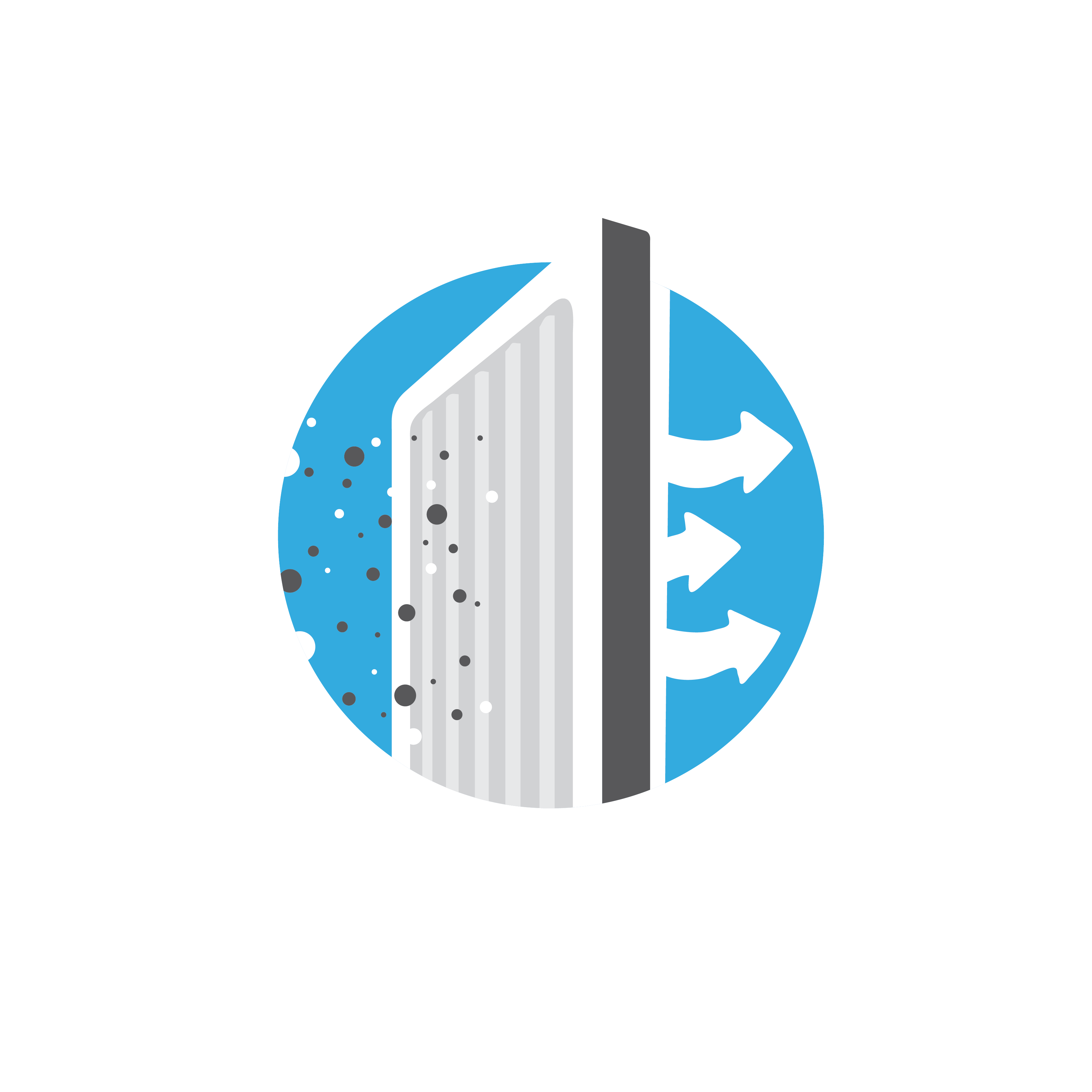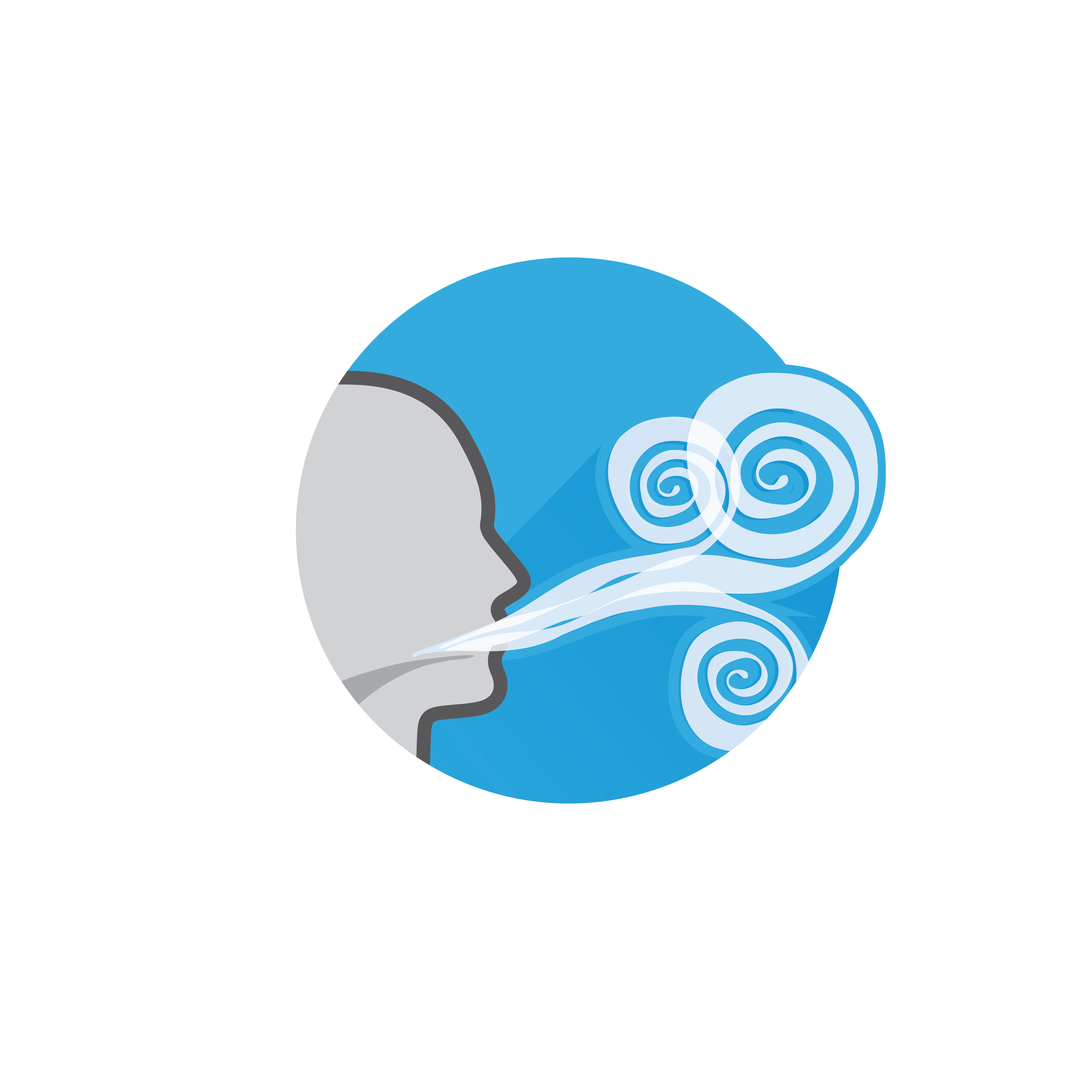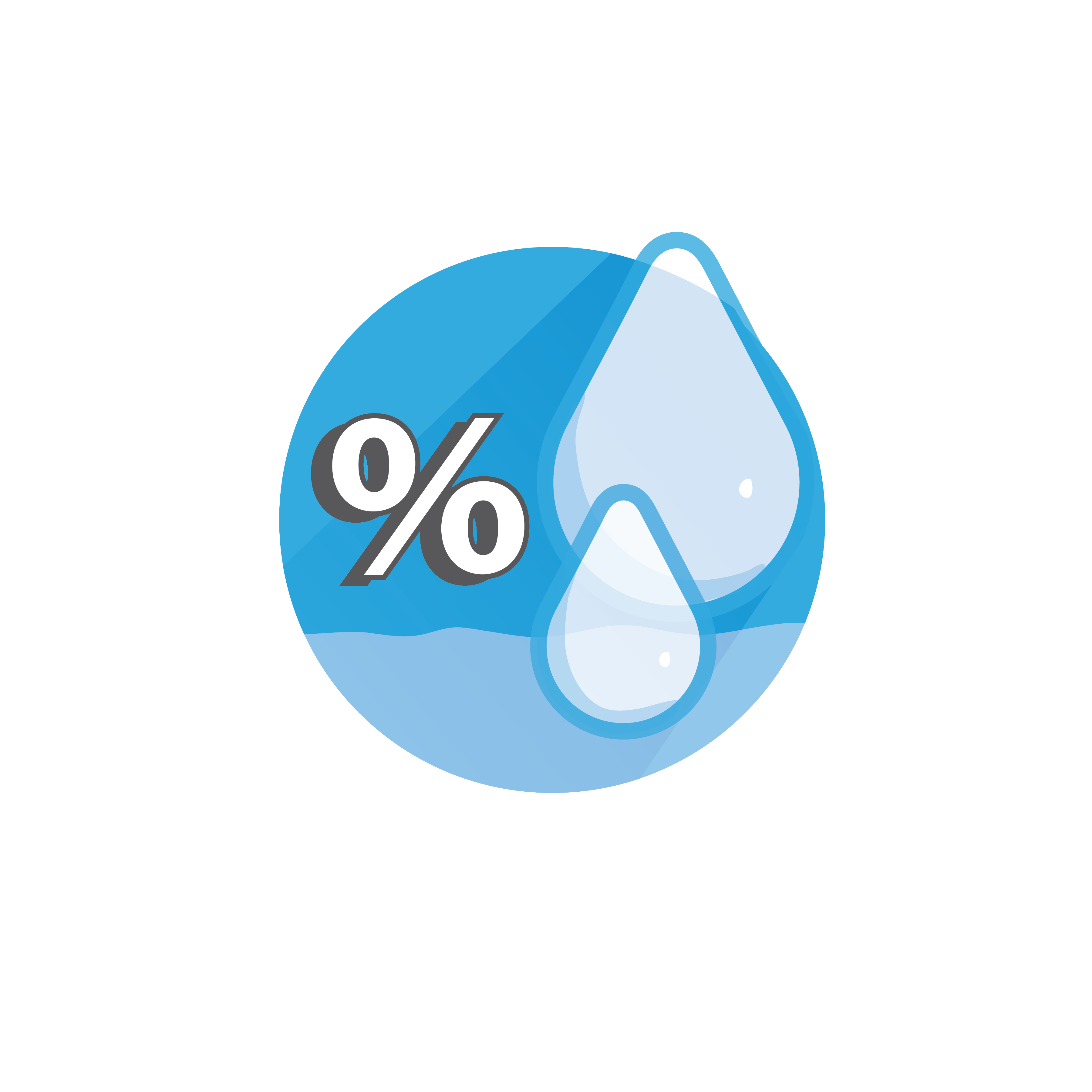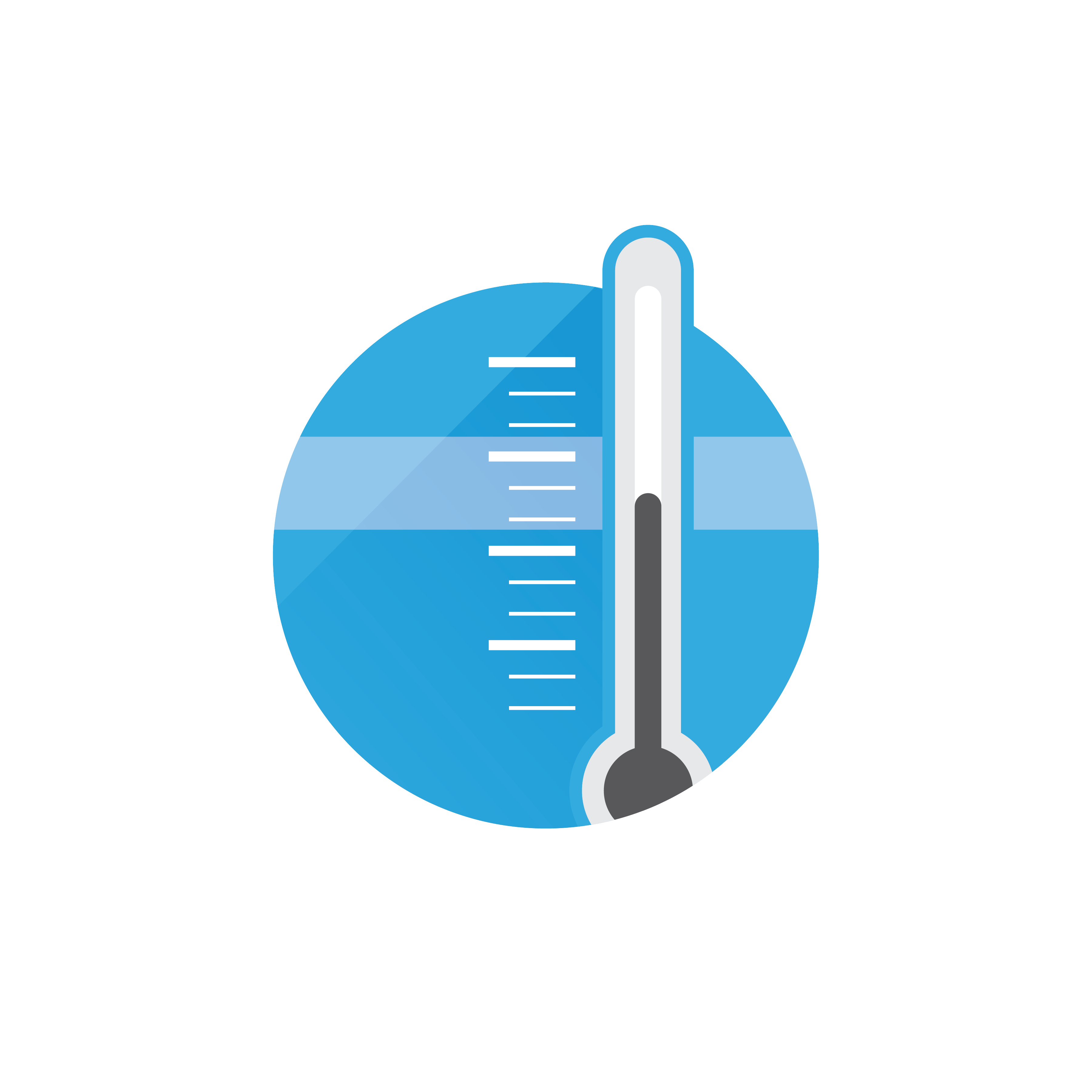HOMEOWNERS
As a homeowner, it’s your goal to provide and maintain a safe, healthy, and comfortable environment in the home. But did you know there are invisible forces that may be causing your family to breathe air that is unhealthy or unsafe?
HIDDEN ISSUES IN THE MODERN HOME
It may be surprising to hear that the modern home’s focus on energy efficiency can actually have negative effects on your home’s air quality. The tight, energy efficient seal causes the air to be constantly recirculated, which can cause indoor air issues to build up over time, and leading to poor indoor air quality, and possibly health issues!
Does your home have trouble with any of the following:
- Are conditions (temp, humidity, stuffy air) sometimes uncomfortable?
- Does anyone in your home suffer from allergies or asthma?
- Are you too warm or cold at times?
- Are bedrooms not comfortable enough for sleeping?
- Do you find your home humid in the summer or dry in the winter?
- Does your home generally feel cool and clammy?
If you answered ‘Yes’ to any of these questions, you may have an IAQ issue in your home. These issues may seem small, but they can have a big impact on Health, Safety, and Comfort.
WHAT IS IAQ?
Indoor air quality (IAQ) is the air quality within your home as it relates to your and your family’s health and comfort. IAQ takes into account various pollutants, some impossible to detect without an IAQ test.
Indoor pollution sources that release gases or particles into the air are the primary cause of IAQ problems in homes. Inadequate ventilation can increase indoor pollutant levels by not bringing in enough outdoor air to dilute emissions from indoor sources, and by not carrying indoor air pollutants out of the home. High temperature and humidity levels can also increase concentrations of some pollutants. Primary factors that affect IAQ are carbon monoxide, carbon dioxide, volatile organic compounds, particles, temperature, and humidity.

Particles
Particles include allergens (dust mites, pet dander, mold, dust) biological particles (bacteria, viruses, fungi), and toxic particles (cigarette and wood smoke, lead dust, asbestos). They can induce eye, nose, and throat irritation, respiratory infections, bronchitis, and even lung cancer. Sources of particles vary widely from the presence of a pet, to a dirty house, and build up from lack of air filtration and ventilation. Click here to read more.

Carbon Monoxide
Carbon monoxide (CO) is a colorless, odorless gas that interferes with the delivery of oxygen through the body. CO causes headaches, dizziness, weakness, nausea, and even death. Potential sources are defective central heating furnaces, automobile exhaust, tobacco smoke, or space heaters using fossil fuels. Click here to read more.

Carbon Dioxide
Carbon dioxide (CO2) is a gas exhaled by humans and pets as a natural part of the metabolic process. High levels of CO2 can cause drowsiness and headaches, and can significantly impair decision-making performance. Build up of CO2 is usually caused by burning wood, gasoline, oil, kerosene, natural gas and charcoal, combined with poor ventilation. Click here to read more.

VOCs
Volatile organic compounds (VOCs) are chemicals found in home furnishings, carpets, building materials, paints and lacquers, cleaning supplies, waxes, pesticides, moth repellents, air fresheners, and dry-cleaned clothing. VOCs evaporate into the air when these products are used or sometimes even when they are stored. Volatile organic compounds irritate the eyes, nose and throat, and cause headaches, nausea, and damage to the liver, kidneys, and central nervous system. Some of them can cause cancer. Solutions for high VOC levels include ventilation and VOC destruction technologies. Click here to read more.

Relative Humidity
Relative Humidity (RH) measures the amount of moisture in the air, and is best at 30-50% inside the home. RH that is too high can cause increased growth of mold, mildew, bacteria, fungi, and dust mites, causing adverse health effects. RH that is too low can increase colds and respiratory infections, aggravate asthma and bronchitis, and lead to sinusitis, nosebleeds, dry eyes, cracked lips, dry nose, and dry skin. RH can get out of balance with a change in weather, poor ventilation, overuse of air conditioning or humidifiers, certain types of heating, and plumbing leaks. Click here to read more.

Temperature
Temperature levels in the home helps keep our bodies at a comfortable level and control the amount of heat we emit. Varying temperature levels can cause discomfort and can affect air quality and home energy costs. Sources of uncomfortable home temperatures include vent obstruction, inadequate heating and cooling system, and poor insulation. Click here to read more.
If you concerned about any of these issues, your indoor air quality needs to be improved. That starts with testing. Let us help you. Have an AirAdvice for Homes™ indoor air quality test done today in your home – it’s simple.
The AirAdvice for Homes™ indoor air quality test measures levels of these contaminants that affect your home’s air quality. We are experts in indoor environmental quality. We work with a select group of licensed HVAC contractors that we know and trust who are trained in AirAdvice™ testing. Clear your home of indoor air pollution. Find an IAQ expert in your area.-
WHAT CAUSES INDOOR AIR POLLUTION?
There are many factors that can cause indoor air pollution:
- The typical home generates approximately 40 pounds of dust a year per every 1500 square feet.
- There are over 4,000 compounds in tobacco smoke, many of which are strong irritants.
- Just one ounce of dust contains about 40,000 dust mites, which aggravate allergies.
- Carpets, furniture, bathrooms, damp basements, and other seemingly benign household items can contribute to indoor air pollution.
- Tobacco smoke and wood smoke are a common cause of indoor air pollution.
- Flowers and trees are both sources of pollen, but surprisingly trees affect allergy sufferers more. Trees like alder, pine and birch do not rely on insects to distribute pollen. They rely on wind, and this means their pollen can regularly enter your home.
- Common activities such as cooking, cleaning, and remodeling cause the spread of indoor contaminants.
- Perfume, paint, air fresheners and hairspray cause indoor air pollution.
What is causing indoor air pollution in your home? Get an indoor air pollution test to find out. The results could be surprising. Significantly lowering indoor air pollution is normally not that difficult, but you have to know what you are dealing with.
